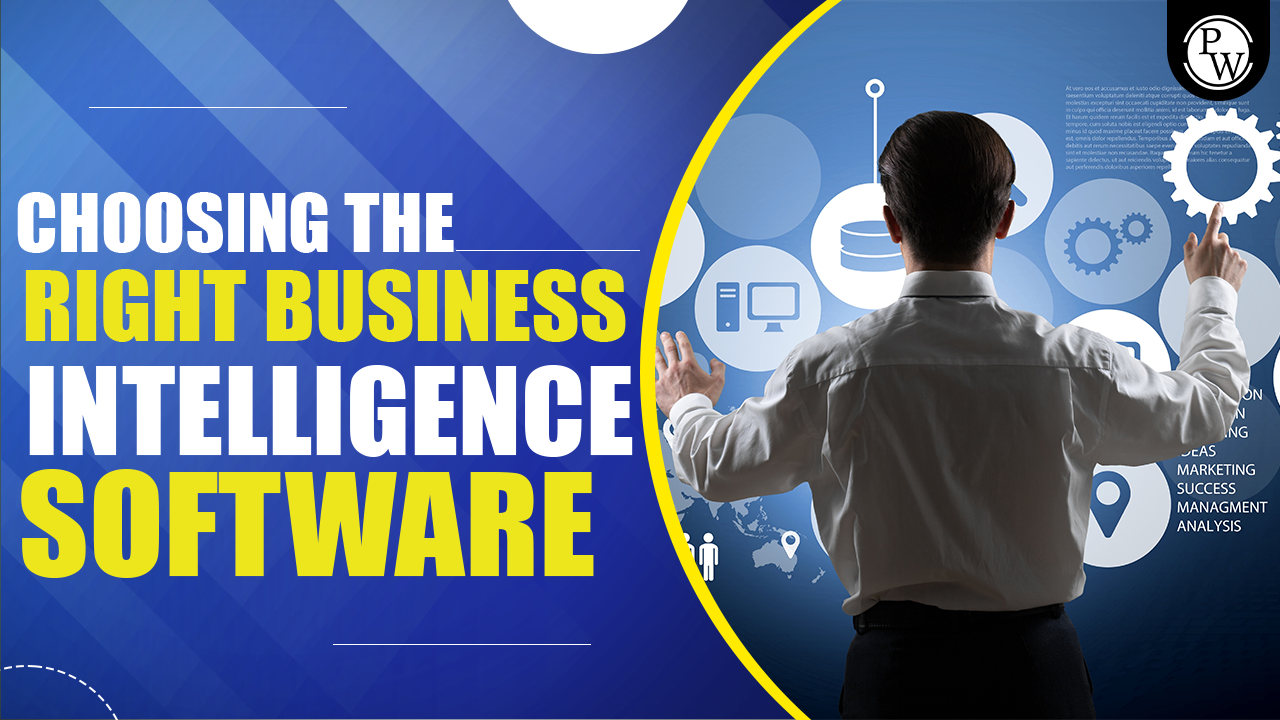
Beginner Tips for Business Intelligence Software in Action: A Practical Guide
In today’s data-driven world, making informed decisions is crucial for business success. Business Intelligence (BI) software empowers businesses to analyze data, identify trends, and gain valuable insights. For beginners, navigating the world of BI software can seem daunting. This guide provides practical tips to help you get started with **Business Intelligence software in action**. We will explore essential concepts, practical applications, and best practices to help you leverage BI for your business.
Understanding the Basics of Business Intelligence
Before diving into the practical aspects, it’s essential to grasp the fundamentals of BI. At its core, BI involves collecting, processing, analyzing, and visualizing data. This process helps businesses understand their performance, identify areas for improvement, and make strategic decisions. BI tools transform raw data into actionable information. They allow you to see patterns and trends hidden within your data. This understanding is critical for making informed choices.
The key components of BI include data warehousing, data mining, online analytical processing (OLAP), and reporting. Data warehousing involves storing data from various sources in a centralized repository. Data mining uses algorithms to discover patterns and insights from large datasets. OLAP enables multi-dimensional data analysis, allowing users to explore data from different angles. Reporting is the process of presenting data in a clear and understandable format.
Choosing the Right Business Intelligence Software
Selecting the right BI software is a critical first step. The market offers a wide array of tools, each with its strengths and weaknesses. Consider your specific business needs, budget, and technical expertise. Some popular BI software options include Tableau, Power BI, Qlik Sense, and Looker. These tools provide various features, from data visualization to advanced analytics. Evaluate the features, ease of use, and scalability of each software option.
Key factors to consider when choosing BI software:
- Data Sources: Ensure the software supports your existing data sources.
- Ease of Use: Choose a tool with an intuitive interface.
- Features: Look for features that meet your analytical needs.
- Scalability: Ensure the software can handle your growing data volume.
- Cost: Consider the pricing model and overall cost of ownership.
Choosing the right software will significantly impact your BI journey. Research and compare different options before making a decision.
Setting Up Your Business Intelligence Software
Once you’ve chosen your software, the next step is setup. This involves connecting to your data sources, importing data, and configuring the software. The setup process varies depending on the software. Most BI tools provide connectors for various data sources, such as databases, spreadsheets, and cloud services. Follow the software’s documentation to connect to your data sources. Ensure data quality during the import process. Clean and transform your data to ensure accuracy.
Steps for setting up your BI software:
- Connect to your data sources.
- Import and clean your data.
- Create a data model.
- Configure user access and permissions.
- Test your setup and data.
Proper setup is crucial for accurate and reliable analysis. Take the time to configure your software correctly.
Data Visualization and Reporting: Bringing Data to Life
Data visualization is a key component of BI. It involves presenting data in a visual format, such as charts, graphs, and dashboards. Visualizations make it easier to understand complex data and identify trends. Choose the right visualization types for your data and insights. For example, use bar charts to compare categories and line charts to show trends over time. Create interactive dashboards to provide users with a comprehensive view of their data. Dashboards should be easy to navigate and provide key performance indicators (KPIs).
Tips for effective data visualization:
- Use clear and concise visuals.
- Choose the right chart types.
- Highlight key insights.
- Use color effectively.
- Keep it simple and user-friendly.
Effective data visualization transforms raw data into actionable insights. This helps in informed decision-making. Creating effective reports is crucial. Reports should be clear, concise, and tailored to the audience. Include relevant data, visualizations, and insights. Use the software’s reporting features to automate report generation and distribution.
Analyzing Data: Uncovering Hidden Insights
Data analysis is the core of BI. It involves using various techniques to explore data and uncover insights. Start by defining your business questions. Determine what you want to learn from your data. Use the software’s analytical features to analyze your data. Explore data using filtering, sorting, and grouping. Perform calculations and create custom metrics. Use advanced analytical techniques, such as trend analysis and forecasting.
Tips for effective data analysis:
- Define clear business questions.
- Use the right analytical techniques.
- Explore data thoroughly.
- Look for patterns and trends.
- Validate your findings.
Effective data analysis can reveal valuable insights. These insights help businesses make better decisions. This is a key benefit of using **Business Intelligence software in action**.
Implementing Business Intelligence in Action: Real-World Examples
Let’s look at how **Business Intelligence software in action** can transform businesses. A retail company can use BI to analyze sales data. They can identify best-selling products, understand customer behavior, and optimize inventory levels. A marketing team can use BI to track campaign performance. They can measure website traffic, conversion rates, and return on investment (ROI). They can then optimize their marketing strategies. A manufacturing company can use BI to monitor production efficiency. They can identify bottlenecks, reduce waste, and improve overall productivity. These real-world examples show the power of BI software.
Best Practices for Business Intelligence Success
To maximize the benefits of BI, follow these best practices. Start with a clear business strategy. Define your goals and objectives. Focus on the right data. Collect and analyze the data that matters most. Ensure data quality. Clean and transform your data to ensure accuracy. Promote data literacy. Train your employees to use BI tools and interpret data. Foster a data-driven culture. Encourage data-based decision-making across the organization. Continuously monitor and refine your BI strategy. Evaluate your performance and make adjustments as needed. This ensures the effectiveness of **Business Intelligence software in action**.
Troubleshooting Common Issues
Encountering issues is common when using BI software. Here are some common issues and how to resolve them. Data integration issues can arise when connecting to different data sources. Ensure that your software supports all your data sources. Data quality issues can lead to inaccurate results. Clean and transform your data to improve quality. Performance issues can slow down your analysis. Optimize your data model and hardware resources. User adoption challenges can hinder the use of BI. Provide training and support to encourage adoption. These tips will help you use **Business Intelligence software in action** more effectively.
The Future of Business Intelligence
The future of BI is exciting, with several emerging trends. Artificial intelligence (AI) and machine learning (ML) are transforming BI. They automate data analysis and provide deeper insights. Self-service BI empowers business users to analyze data independently. Cloud-based BI offers scalability and flexibility. Mobile BI allows users to access data on the go. As these trends evolve, BI will become more powerful and accessible. Staying informed about these trends is essential. This will help you leverage the full potential of **Business Intelligence software in action**.
Conclusion: Embracing Data-Driven Decision Making
BI software is a powerful tool for businesses of all sizes. By following the tips in this guide, you can get started with **Business Intelligence software in action** and start making data-driven decisions. Remember to choose the right software, set it up correctly, and prioritize data quality. Embrace data visualization, data analysis, and best practices. The ability to analyze data is a crucial skill. It is essential for success in today’s business environment. [See also: The Benefits of Using BI Software for Small Businesses] Use BI software to drive growth and improve your business. Data is your most valuable asset. Use it wisely.
By mastering these beginner tips, you will be well-equipped to harness the power of **Business Intelligence software in action** and transform your business. Remember to continuously learn and adapt as the field of BI evolves. Your journey with **Business Intelligence software in action** starts now. Make data-driven decisions for a successful future.
